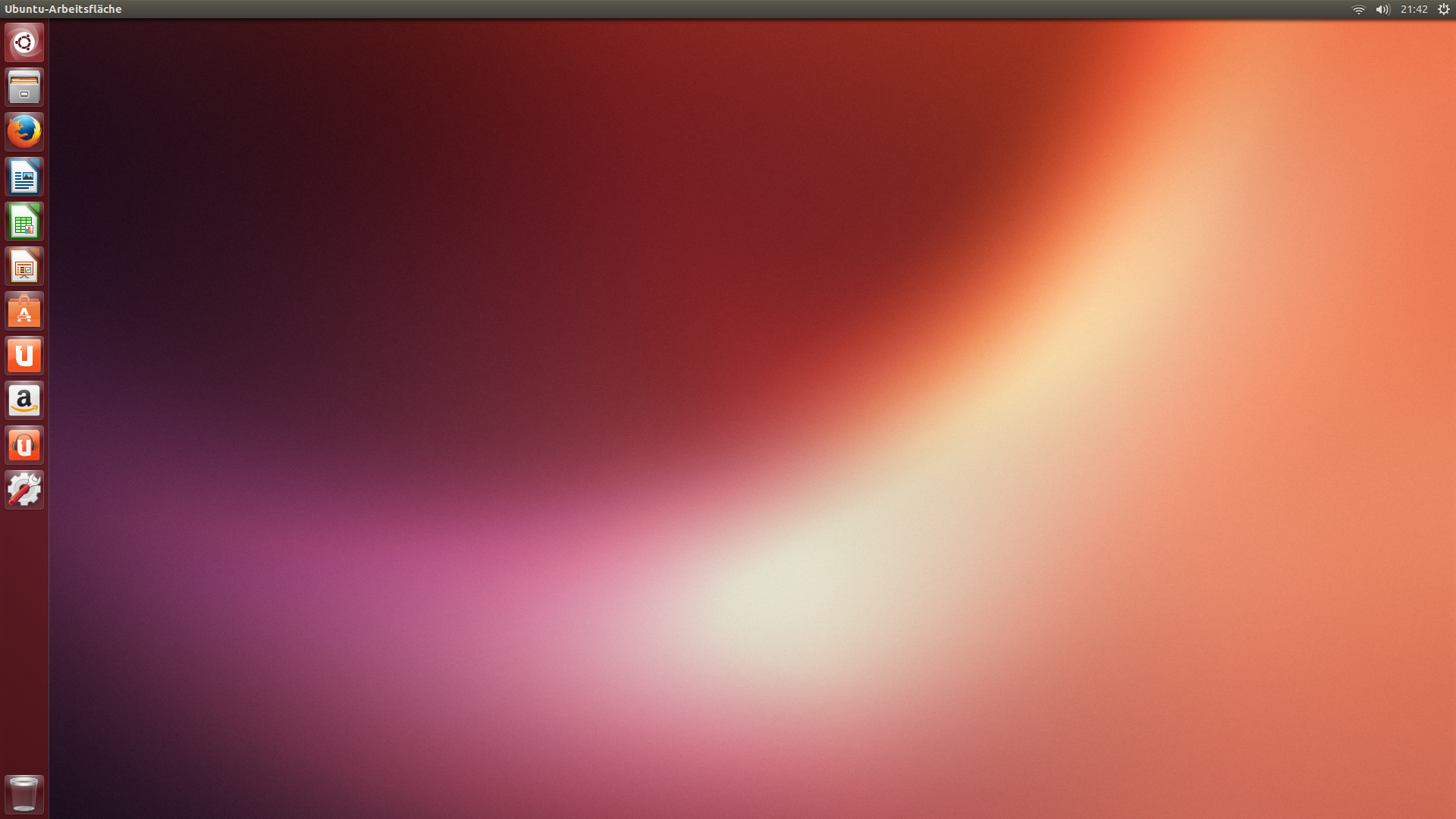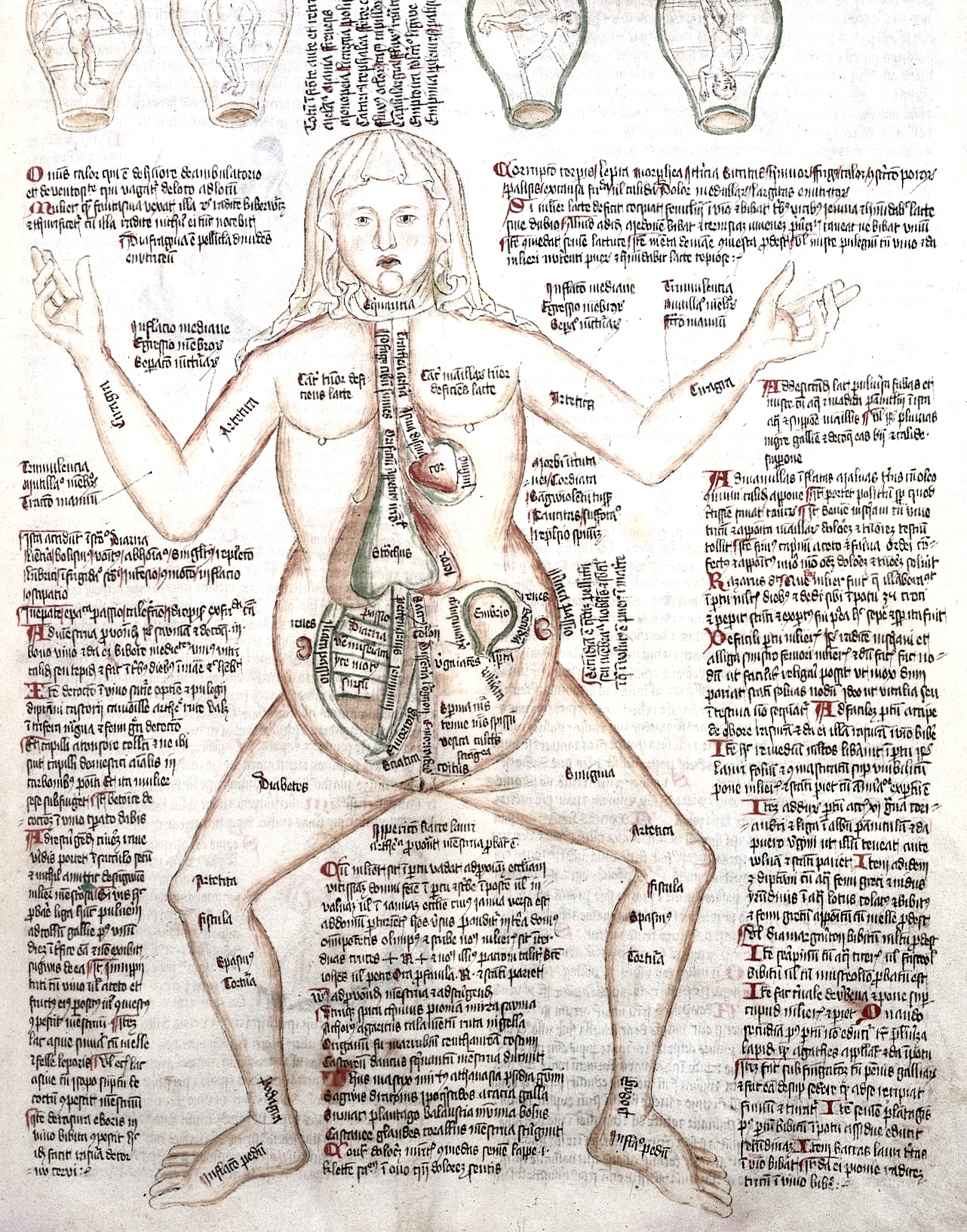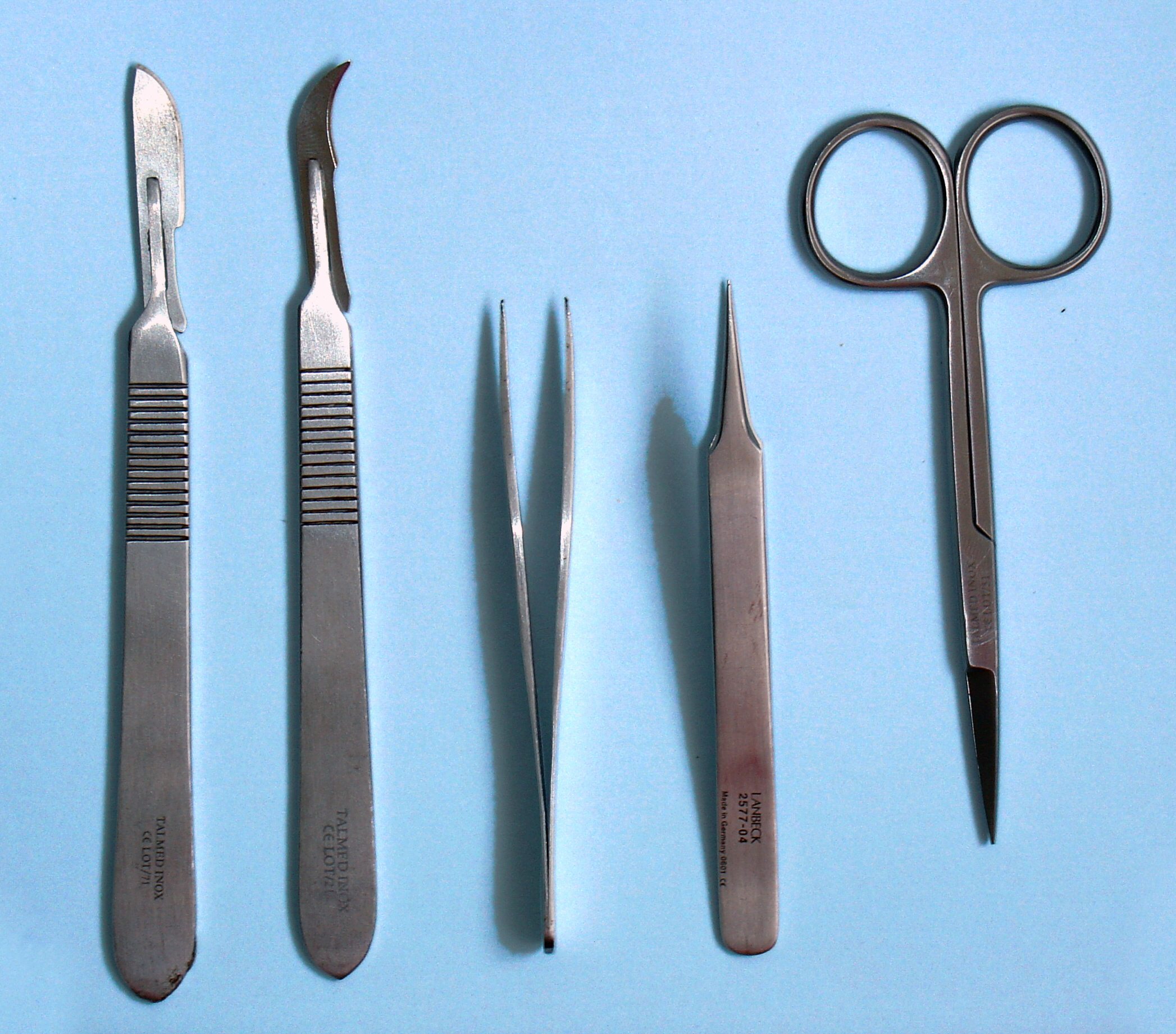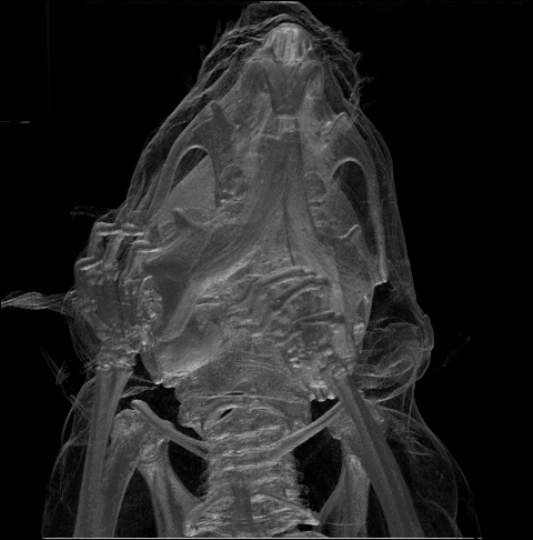Hacking P2 WdKA — Shailoh Phillips & Joana Chicau
+Introducing concepts:
Introducing methods:
[Greek anatomē, "dissection"] @wikipedia.org/wiki/Anatomy
Hacker: n. originally, someone who makes furniture with an axe.
"(to) observe the (relational) conditions of techno-ecologies"— Donna Haraway, Modest Witness: Feminist Diffractions in Science Studies. In:TheDisunity of Science: Boundaries, Contexts, and Power. Ed. by Peter Galison and David J. Stump. 1996, pp.428-442
Modes of inspection: observing, noticing and intervening:
What if you would inspect with other senses? What if the eyes are distributed, and all senses come back to touch?
The inspection tools are also interfaces with its own affordances:
In 1977, the Psychologist James Gibson coined the term “affordance” which refers to all action possibilities depending on ‘users’ physical capabilities. This means the ways in which you can interact with something. So, a chair not only “affords” being “sat on,” but also “thrown,” “stood on,” etc.
About a decade later Don Norman released (1988) a book, called The Design of Everyday Things, affordances became defined as perceivable action possibilities—i.e., only actions users consider possible. Thus, an object’s affordances depend on users’ physical capabilities and their goals and past experiences. A chair only affords “sitting,” because past experience supports that action. Don Norman’s definition of affordances as perceivable action possibilities soon became the predominant one in HCI and UX design. Note how the concept shrunk, from all possibilities to only perceived ones.
Affordances are both real, objective and relative to the animal. This concept can explain a lot and is a way of looking at the distribution of power and privilege. Although a door may be openable, it may not be for someone who is differently abled. The door is openable with the aid of a wheelchair and someone holding the door open.
"...an affordance is neither an objective property nor a subjective property; or it is both if you like. An affordance cuts across the dichotomy of subjective-objective and helps us to understand its inadequacy. It is equally a fact of the environment and a fact of behavior. It is both physical and psychical, yet neither. An affordance points both ways, to the environment and to the observer." ― James J. Gibson, The Ecological Approach to Visual Perception: Classic Edition
"The phenomenon of the interface appeared when the concept of a unified world gradually developed into the concept of a world that was at least a duality."[The English noun “interface” dates from 1882; the verb “to interface” from 1962; the adjective “interfacial”(crystallography) from 1837].



Interface between user and usability
"Interfaces are not things, but rather processes that effect a result of whatever kind. For this reason I will be speaking not so much about particular interface objects (screens, keyboards), but interface effects." (..) "it is also quite common to understand interfaces less as a surface but as a doorway or window (...) an interface is not something that appears before you but rather is a gateway that opens up and allows passage to some place beyond."Galloway: Interface Effect
Interfacing: interface as action
Interface as an “onion”: "The interface is an "agitation" or generative friction between different formats. In computer science, this happens very literally; an "interface" is the name given to the way in which one glob of code can interact with another. Since any given format finds its identity merely in the fact that it is a container for another format, the concept of interface and medium quickly collapse into one and the same thing." — Media vs Interface / Marshall McLuhan vs A. Galloway

"Norman Rockwell Triple Self Portrait, 1972"
(Greek anatomē, "dissection"/ cut up, cut open) is the branch of biology concerned with the study of the structure of organisms and their parts. (...)
Categorization:
"Anatomy is a branch of natural science which deals with the structural organization of living things." — Merriam Webster Dictionary


"Hacking advocates: the need to examine the ideas we use to organize knowledge and inquiry, and to propose, advocate, or refute theories of knowledge." Footnote: Hacking. Historical Ontology; Source: Elegant Anatomy, The Eighteenth-Century Leiden Anatomical Collections. Marieke M. A. Hendriksen (2015)
Tools of anatomy: looking beyond



Individual:
In a group:
NEXT: Joseph - - - > anatomical drawing lessons > more observational exercises!